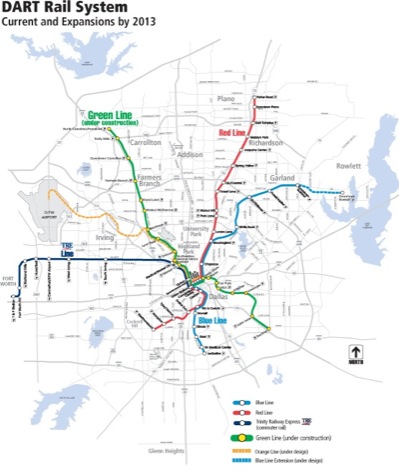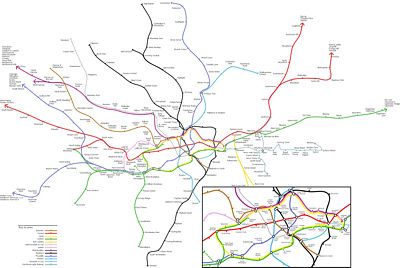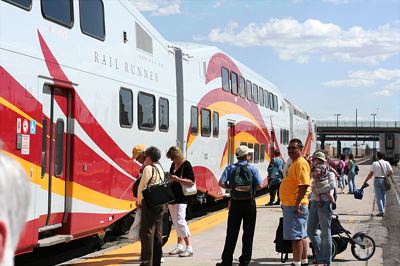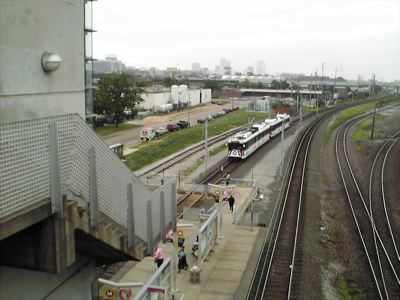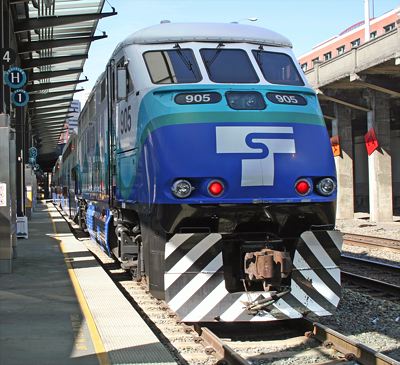Dallas Area Rapid Transit (DART) says that a light-rail line that was supposed to cost $988 million will actually cost $1.88 billion. The first phase of the “orange” line to Irving, Texas, was supposed to be completed in 2011, but due to “unforeseen” increases in costs, DART will delay that by at least a year. Eventually, the line is supposed to reach DFW Airport, but that depends on whether DART can scrape up enough money to pay for it.
Click on map to view or download a larger version PDF (308KB).
DART blames those evil Indians and Chinese, who are not only taking our jobs and decorating our children’s toys with lead paint, they are consuming the steel and concrete we need by building highways. Don’t they know the age of the automobile is over and they should be building light rail instead? In any case, DART claims its experts could not have predicted this and so shouldn’t be blamed. Of course, that is exactly why transit agencies shouldn’t plan rail construction projects — they can’t predict the real costs and so almost always end up over budget.

